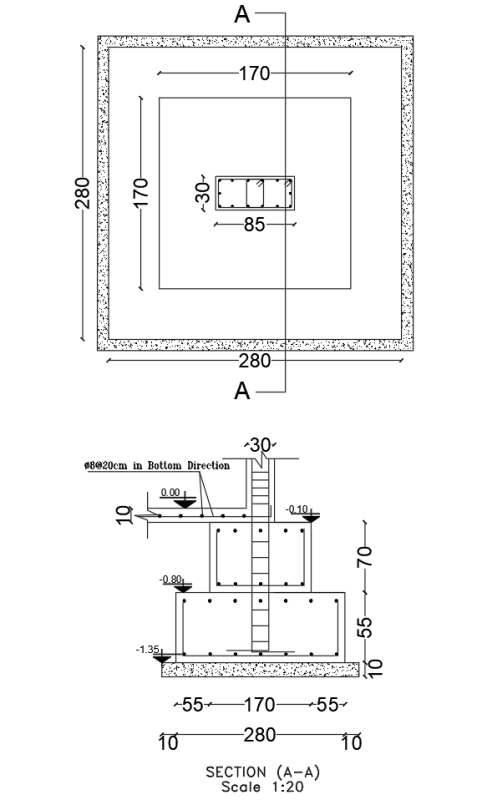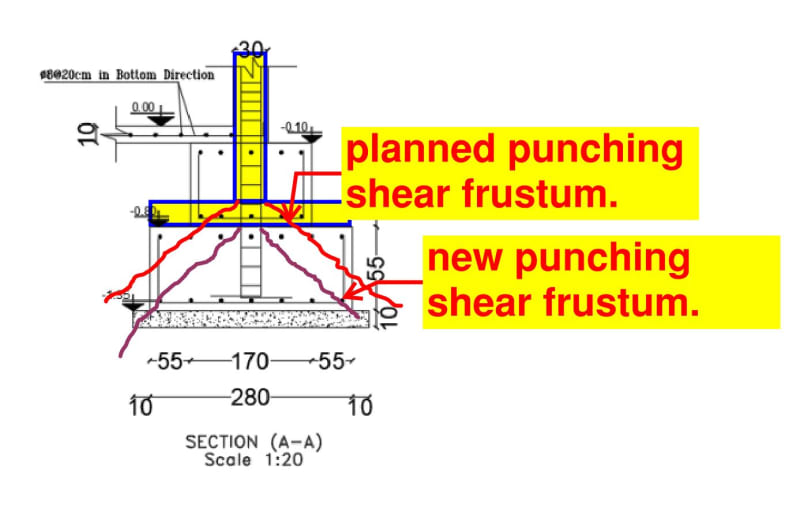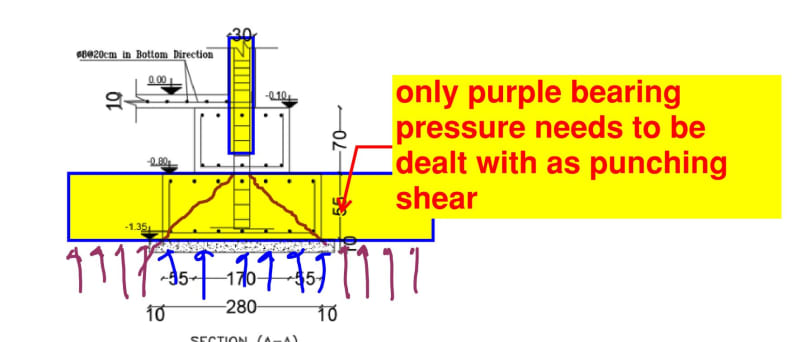abdallah hamdan
Structural
- Oct 13, 2021
- 36
Hello everyone, I have a Footing that was poured at 55 cm thickness, 15 cm lower than required (70 cm), punching shear failure will occur, How is it possible to increase the thickness of the footing?
note that the footing was poured recently, and no work has been done on the column necks
any ideas
thanks in advance
note that the footing was poured recently, and no work has been done on the column necks
any ideas
thanks in advance



